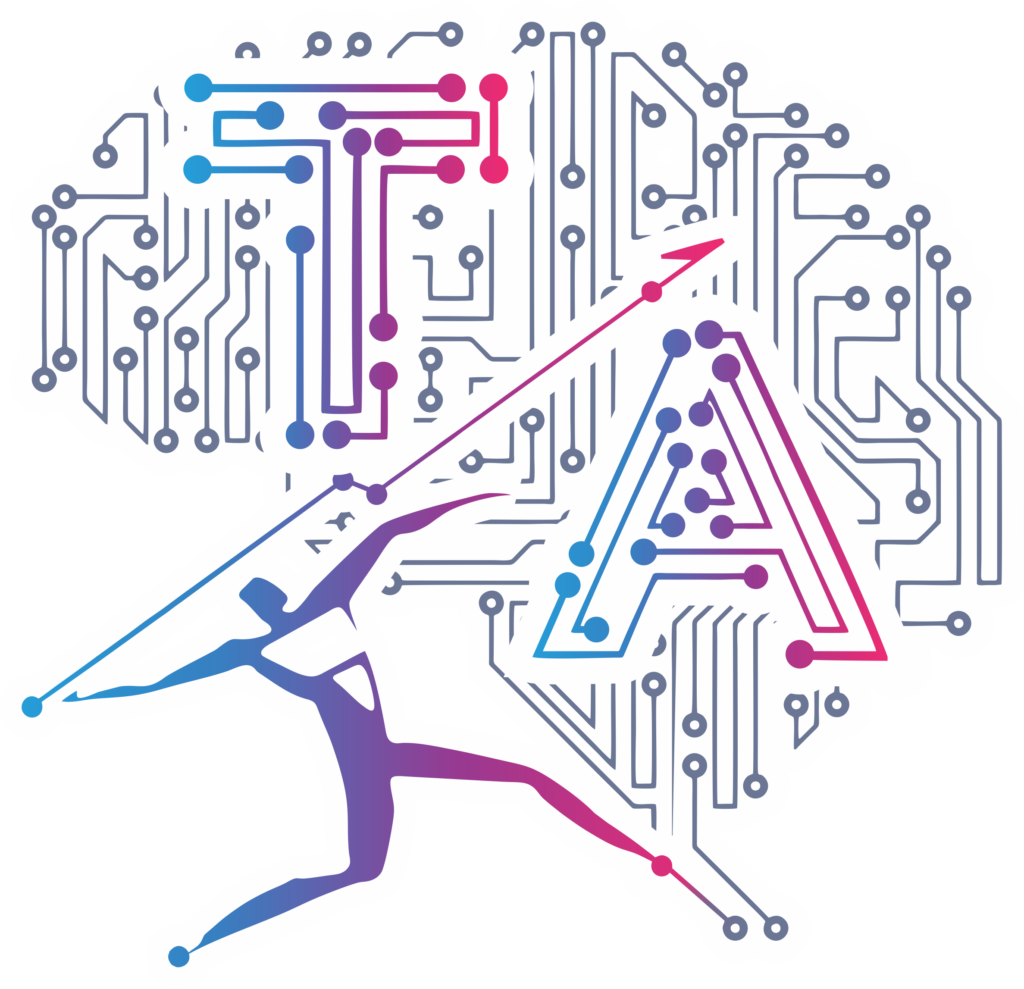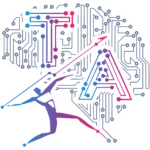Top 50 Java Full Stack Developer Interview Questions & Model Answers (2025)
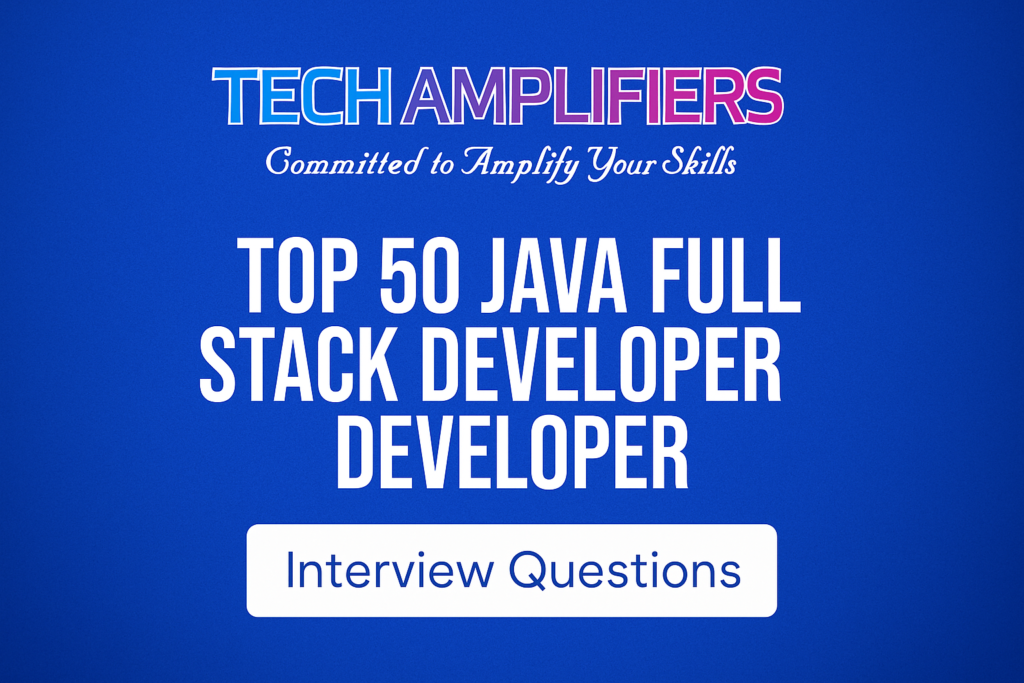
Table of Contents
Introduction
Java Full Stack Developers are in high demand as companies seek versatile engineers who can manage both front-end interfaces and powerful backend services. As of 2025, mastering Java-based technologies along with frameworks like Spring Boot, databases, RESTful APIs, and front-end libraries such as React or Angular is key to landing top development roles.
This blog from TechAmplifiers features 50 carefully crafted Java Full Stack Developer Interview Questions and Model Answers, split between freshers and experienced candidates. We also include tips, external learning resources, and visuals to deepen your understanding.
Short Summary
The demand for Java Full Stack Developers continues to grow. Candidates need to be prepared for a range of questions that test both their technical knowledge and practical skills. Whether you’re a fresher entering the world of software development or an experienced developer looking for a new opportunity, being well-versed in Java Full Stack Developer Interview Questions is crucial for success.
Section 1: Top 25 Java Full Stack Developer Interview Questions for Freshers
1. What is a Full Stack Developer?
A Full Stack Developer is proficient in both front-end and back-end technologies. They design user interfaces and build server-side applications, ensuring seamless data flow between UI and server.
2. Explain the role of Java in full-stack development.
Java provides a robust backend using Spring Boot, supports REST APIs, connects to databases via JPA/Hibernate, and integrates with front-end frameworks.
3. What is the difference between Java and JavaScript?
Java is a statically typed, compiled language used for backend logic. JavaScript is a dynamically typed scripting language used for client-side interactivity.
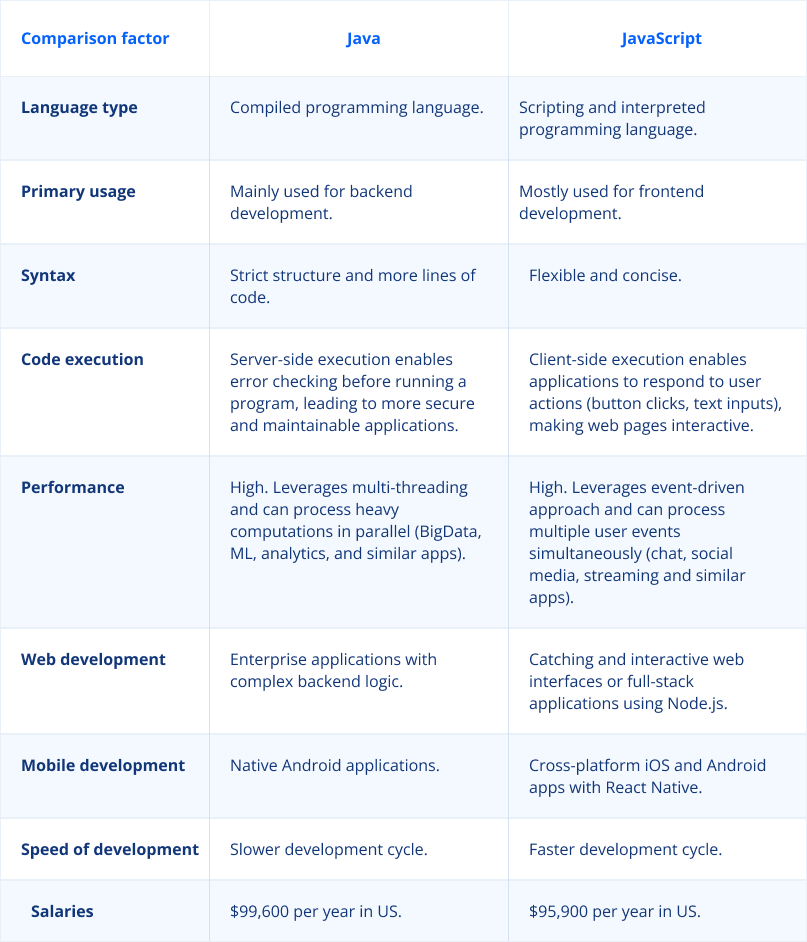
4. What is Spring Boot? Why is it popular?
Spring Boot simplifies Java backend development with auto-configurations, embedded servers, and minimal boilerplate. Learn More
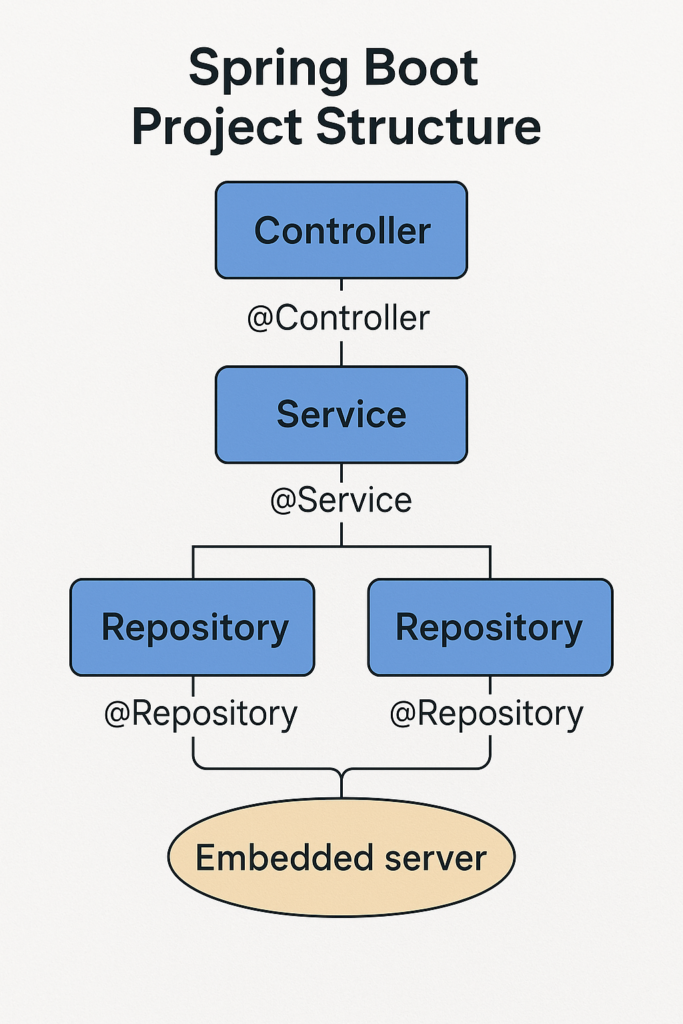
5. Explain the concept of RESTful APIs.
RESTful APIs follow stateless, HTTP-based architecture. They use methods like GET, POST, PUT, DELETE for data exchange between client and server.
6. What is the use of @RestController in Spring Boot?
It is a convenience annotation combining @Controller and @ResponseBody, returning data directly as JSON or XML.
7. Define MVC architecture.
MVC (Model-View-Controller) separates application logic, UI, and control input for modular development.
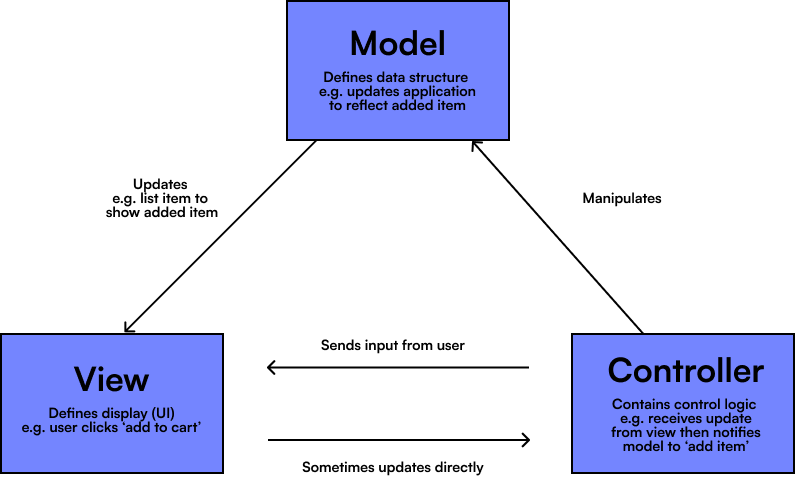
8. What is the DOM in HTML/JavaScript?
DOM (Document Object Model) represents structured documents and allows dynamic manipulation of web content.
9. Explain the role of HTML, CSS, and JavaScript in full-stack development.
HTML structures content
CSS styles the layout
JavaScript adds interactivity
10. What is AJAX and how is it used?
AJAX (Asynchronous JavaScript and XML) enables background server calls without refreshing the page.
11. What is the difference between var, let, and const in JavaScript?
varis function-scoped and hoisted
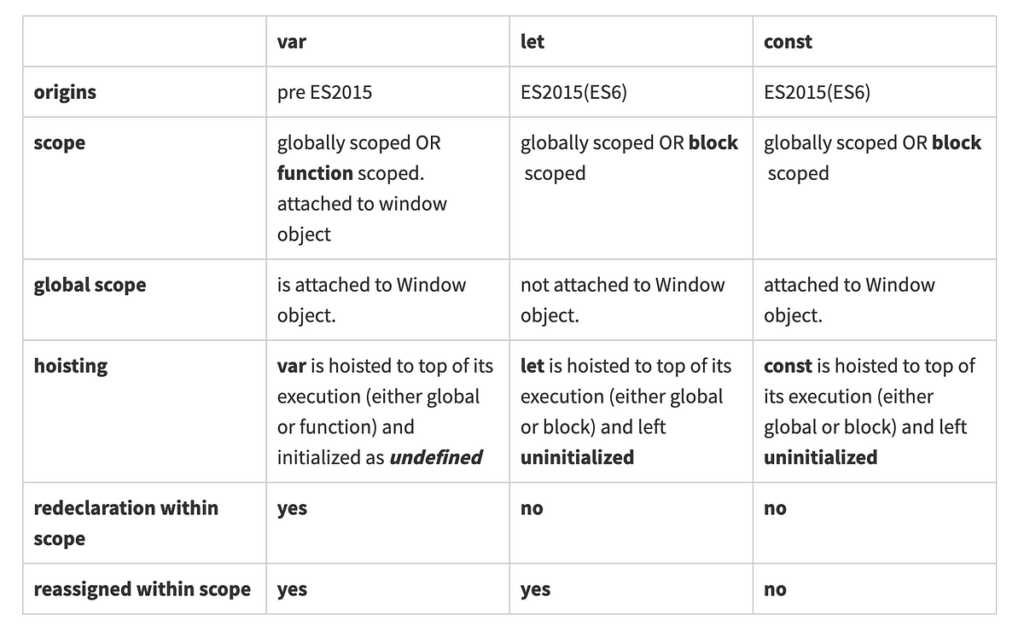
letis block-scoped and mutableconstis block-scoped and immutable
12. What is CORS and why is it important?
CORS (Cross-Origin Resource Sharing) is a mechanism that allows web applications from one domain to access resources from another domain securely.
13. What are HTTP status codes? Give examples.
200: OK
404: Not Found
500: Internal Server Error
14. What are Java Servlets?
Java Servlets are server-side programs that handle client requests and generate dynamic web content.
15. What is JDBC and why is it used?
JDBC (Java Database Connectivity) is an API used to connect and execute queries with relational databases.
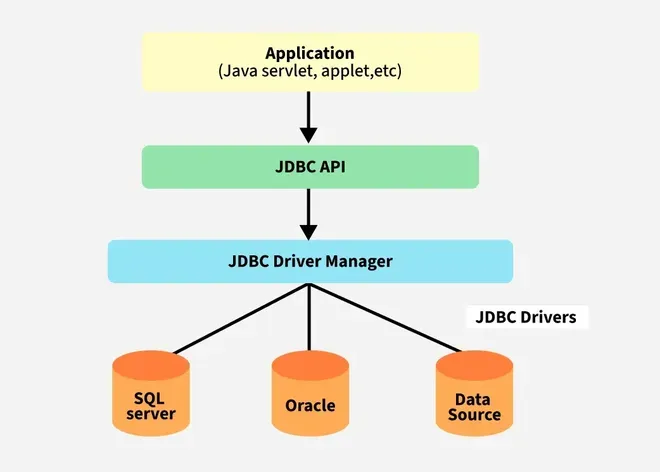
16. What is Git and why is it essential for developers?
Git is a distributed version control system that tracks code changes and allows collaboration through repositories.
17. What is a responsive web design?
Design that adapts layout and content to different screen sizes using CSS media queries.
18. What is object-oriented programming in Java?
OOP is a paradigm based on objects and classes using concepts like inheritance, encapsulation, polymorphism, and abstraction.
19. Explain database normalization.
Normalization organizes data to reduce redundancy and improve integrity. Normal forms include 1NF, 2NF, 3NF.
20. What are the different types of joins in SQL?
INNER JOIN
LEFT JOIN
RIGHT JOIN
FULL JOIN
21. What is a package in Java?
A package is a namespace that organizes classes and interfaces in a logical manner.
22. What are constructors in Java?
Constructors are special methods used to initialize objects.
23. What is the difference between == and .equals()?
==checks reference equalityequals()checks value equality
24. What are exceptions in Java?
Exceptions are events that disrupt program execution. Java uses try-catch blocks for exception handling.
25. What are frontend frameworks you should learn?
React, Angular, and Vue.js are common frontend frameworks used in full-stack development.
Section 2: Top 25 Java Full Stack Interview Questions for Experienced Developers
26. Compare Spring MVC and Spring Boot.
Spring MVC is a comprehensive web framework, whereas Spring Boot simplifies Spring application setup by offering embedded servers and auto-configuration. Spring Boot is production-ready and reduces boilerplate significantly
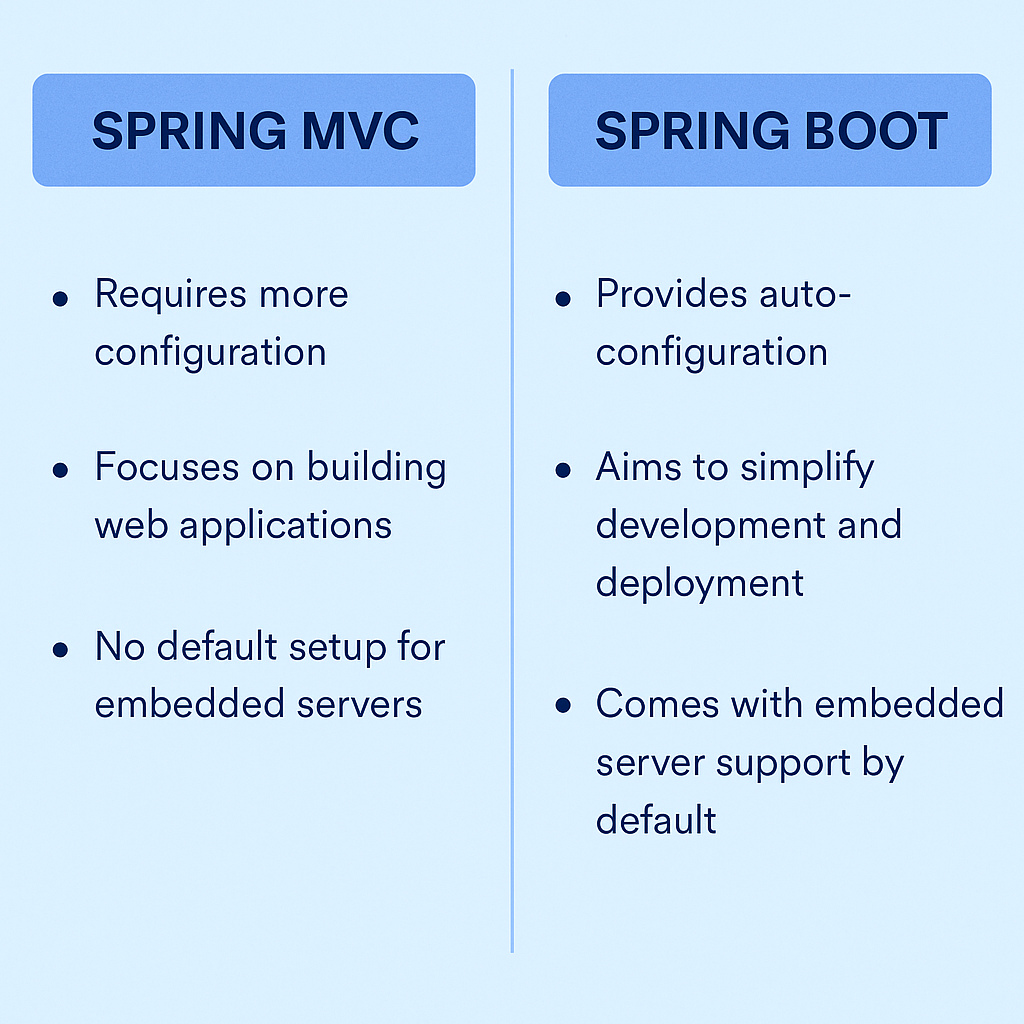
27. What is Dependency Injection in Spring Framework?
Dependency Injection is a design pattern where objects are provided with their dependencies. It promotes loose coupling and testability. Spring uses annotations like @Autowired and XML/Java configuration to inject beans.
28. What is Hibernate and its advantage?
Hibernate is an ORM (Object-Relational Mapping) framework that maps Java objects to database tables. It reduces boilerplate JDBC code and supports lazy loading, caching, and transaction management.
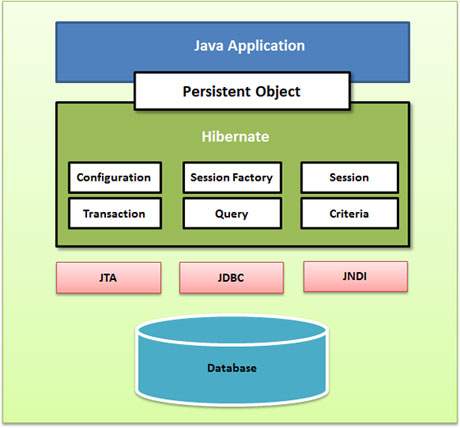
29. What is JWT and how is it used?
JWT (JSON Web Token) is a compact and secure way to represent information between parties as a JSON object. It is used for stateless authentication in APIs.
30. What are Microservices and why are they important?
Microservices architecture breaks down applications into small, independently deployable services. They improve scalability, maintainability, and continuous delivery.
31. How do you secure a REST API in Spring Boot?
You can use Spring Security with JWT, OAuth2, HTTPS, CORS configuration, and method-level authorization annotations.
32. Explain how to handle exceptions globally in Spring Boot.
Using @ControllerAdvice and @ExceptionHandler, you can define centralized exception handling across all controllers.
33. What is the use of Docker in full-stack development?
Docker allows containerization of applications, ensuring consistency across environments. It packages code and dependencies into containers.
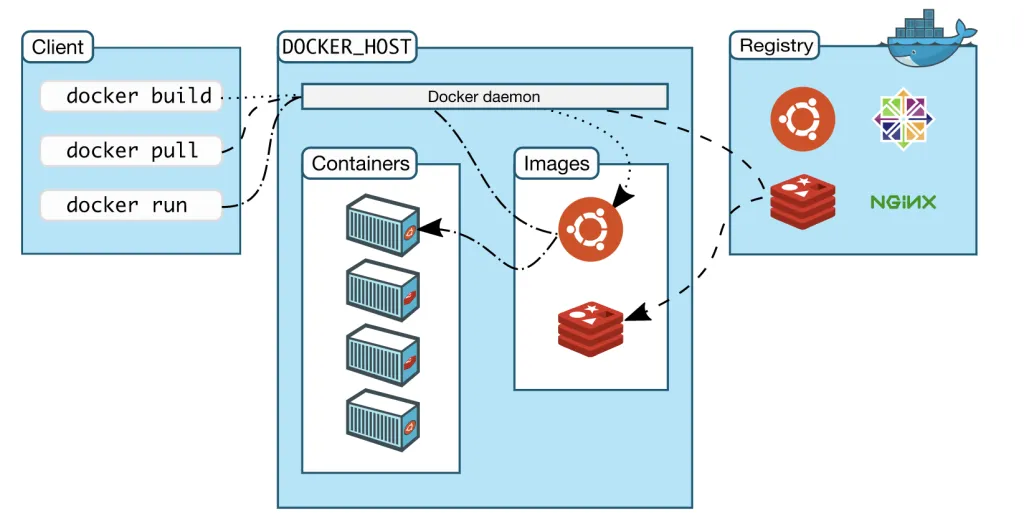
Lorem ipsum dolor sit amet, consectetur adipiscing elit. Ut elit tellus, luctus nec ullamcorper mattis, pulvinar dapibus leo.
34. What is asynchronous programming and why is it useful?
It allows non-blocking execution of tasks. In Java, it’s handled using CompletableFuture or @Async in Spring. It improves performance under high load.
35. Explain the difference between REST and SOAP APIs.
REST is lightweight, uses JSON, and is stateless. SOAP is protocol-based, uses XML, and includes built-in security and error handling.
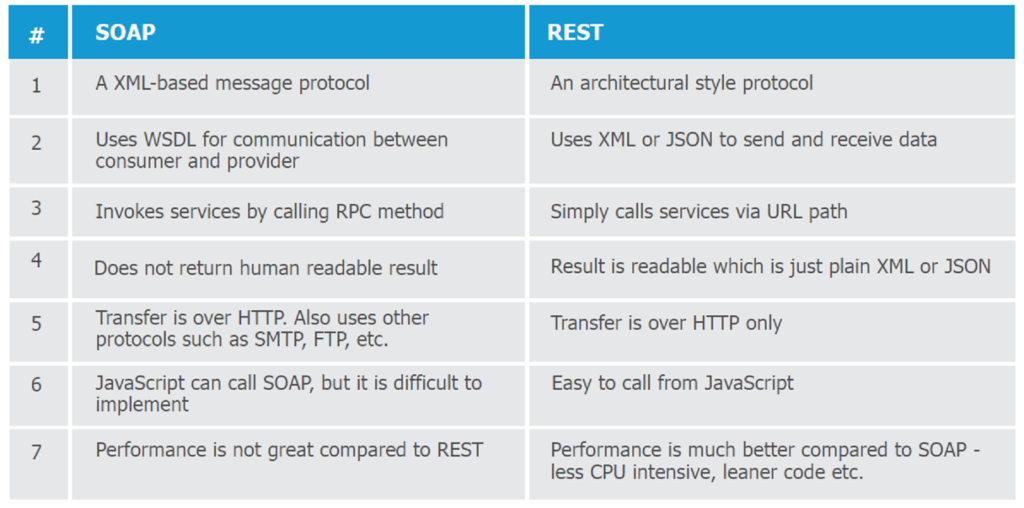
36. How can you improve the performance of a Java backend?
Use caching (Redis), connection pooling, asynchronous processing, query optimization, and profiling tools.
37. What are design patterns and name a few used in Spring?
Design patterns are best practices for solving common software design problems. Spring uses Singleton, Factory, Proxy, and Template patterns.
38. What is the Repository pattern?
It abstracts the data layer, allowing you to manage DB operations via interfaces. Spring Data JPA implements this pattern automatically.
39. How do you implement pagination in Spring Boot with JPA?
Use Pageable and PageRequest in repository methods to fetch paged data.
40. What is a DTO and why is it used?
DTO (Data Transfer Object) is a simple POJO used to transfer data between layers without exposing entities.
41. What is Reactive Programming in Java?
Reactive programming is event-driven and non-blocking. Spring WebFlux supports reactive streams using Project Reactor.
42. How does CI/CD integrate into full-stack development?
CI/CD automates testing, building, and deploying apps. Tools include Jenkins, GitHub Actions, GitLab CI, and Docker.
43. What is Cross-Site Scripting (XSS) and how do you prevent it?
XSS is an injection attack where malicious scripts are executed in the user’s browser. Prevent it using input sanitization and encoding outputs.
44. How do you document REST APIs in Spring Boot?
Use Swagger/OpenAPI with Springfox or springdoc to auto-generate interactive API docs.
45. What is WebSocket and how does it differ from HTTP?
WebSockets provide full-duplex communication over a single TCP connection, unlike HTTP’s request-response model.
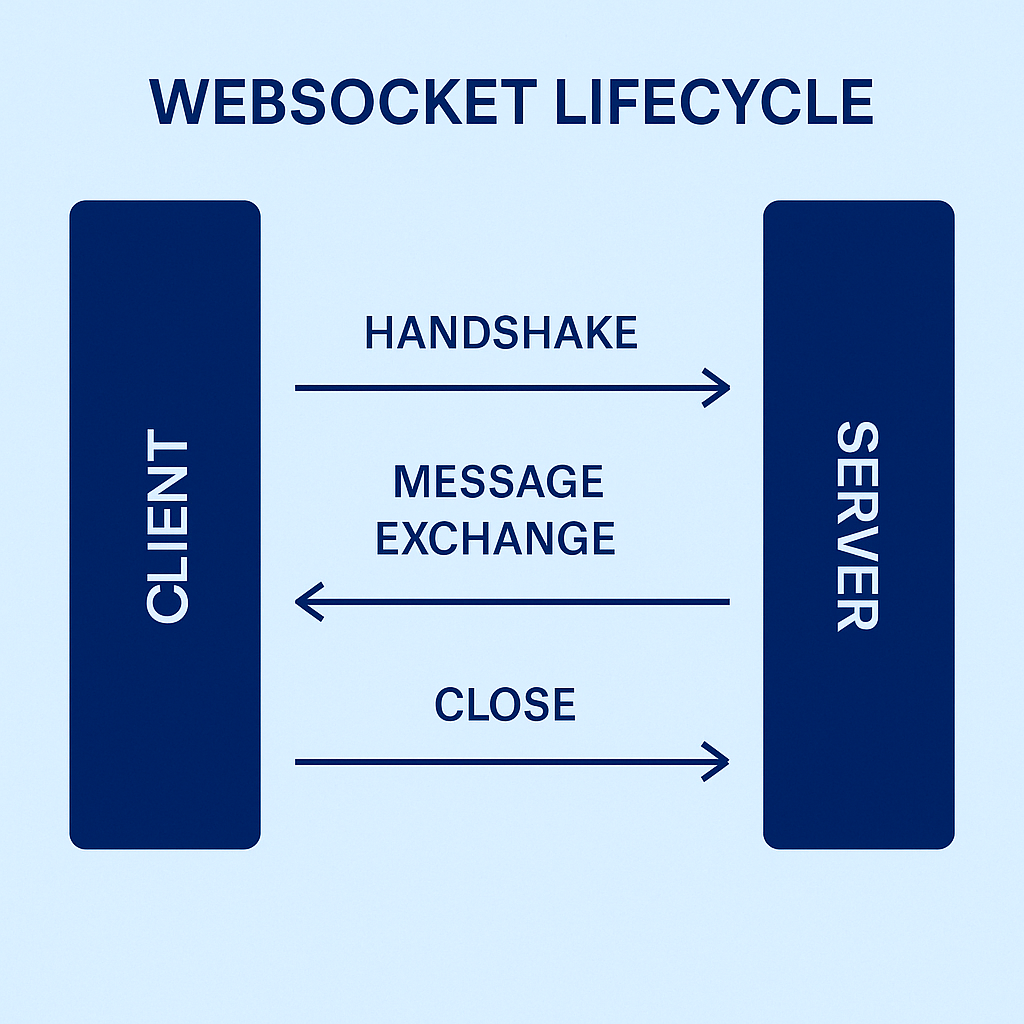
46. How do you use Lombok in Spring Boot?
Lombok reduces boilerplate code via annotations like @Getter, @Setter, @AllArgsConstructor, etc.
47. How to create a custom annotation in Java?
Use @interface, define retention and target, then apply it using reflection or Spring AOP.
48. What is a Thread Pool and why is it used?
A Thread Pool manages multiple threads efficiently. Java provides ExecutorService for this purpose.
49. What are the benefits of using Redis in backend applications?
Redis is an in-memory key-value store. It boosts performance for caching, sessions, queues, etc.
50. How do you connect front-end and backend in a full-stack Java app?
Frontend (React/Angular) makes HTTP requests (via Axios/Fetch) to REST APIs built in Spring Boot.
Key Learning Resources
FAQs
Q1: Are these interview questions suitable for both freshers and experienced candidates?
Yes. We’ve divided the questions into two sections — one tailored for beginners and another for experienced developers, ensuring relevance across experience levels.
Q2: How often should I update my knowledge of Java Full Stack technologies?
Given the fast evolution of the tech industry, it’s ideal to review and practice new tools, frameworks, and updates every 6 months.
Q3: Can I use this list for preparing for product-based company interviews like Amazon or Infosys?
Absolutely. These questions are aligned with the expectations of top-tier product and service-based companies hiring Java Full Stack Developers.
Q4: How can I practically apply this knowledge beyond interviews?
Try building personal projects, contributing to GitHub, or replicating real-world applications using full-stack architecture. We also recommend enrolling in structured courses.
Q5: Where can I enroll in a hands-on Full Stack Developer course?
You can check out TechAmplifiers’ Full Stack Java Developer Program — a job-oriented, mentor-led course that includes:
Live classes and real-time project building
GitHub-based profile preparation
One-on-one mock interview guidance
Placement assistance with top startups and MNCs
👉 Explore Full Stack Java Course by TechAmplifiers
Q6: What if I’m from a non-CS background? Can I still become a full stack developer?
Definitely! Many of our successful learners come from non-CS backgrounds. Our curriculum is beginner-friendly and gradually builds your backend and frontend expertise.
Q7: How long will it take to become a full stack developer if I start from scratch?
With a consistent learning plan, mentorship, and hands-on projects, you can become job-ready in 4–6 months.
Conclusion
Whether you’re a fresher exploring Java full stack roles or an experienced dev leveling up, these Java Full Stack Developer Interview Questions and Model Answers for 2025 will prepare you for real-world interviews. Continue practicing with projects, contributing on GitHub, and exploring new tools like Docker and Kubernetes to stay ahead.
📌 Want more career content like this? Visit TechAmplifiers Blog or subscribe for weekly tech insights.
Written by TechAmplifiers Team | Updated June 2025

